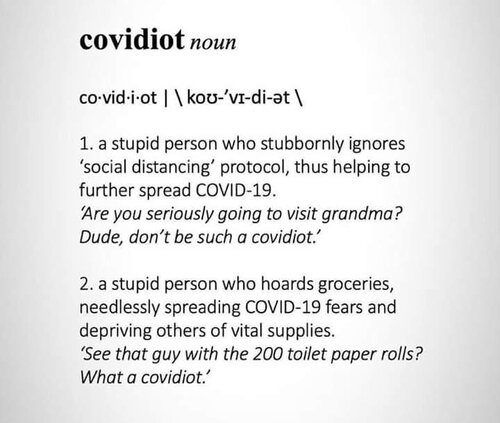I'm not a religious person and I'm praying for for that vaccine. I know 3 countries are currently working on it. But even if they do get it it needs to go into human trails and that can take a couple of months.
The malaria medication sounds promising. But still more testing that needs to be done. The good news (and there's not a lot of that recently) is that we should have enough of it and be able to get extra generics out quick being a country that is prone to malaria.
Why don't they just use these vaccines and medications when theoretically it should work even though untested?
Firstly, we don't know about any side effect or how it may react with other medications. Might save somebody from Covid but end up getting something much worse.
Secondly, there could be a significant part of the population that it won't work for. And that will give a false sense of security that they don't have the disease but they do and are spreading it wherever they go while being asymptomatic.
https://news-af.feednews.com/news/detail/e451c8b293bc5d0118066f23f2b3583d?client=news
You may have prayed right!








